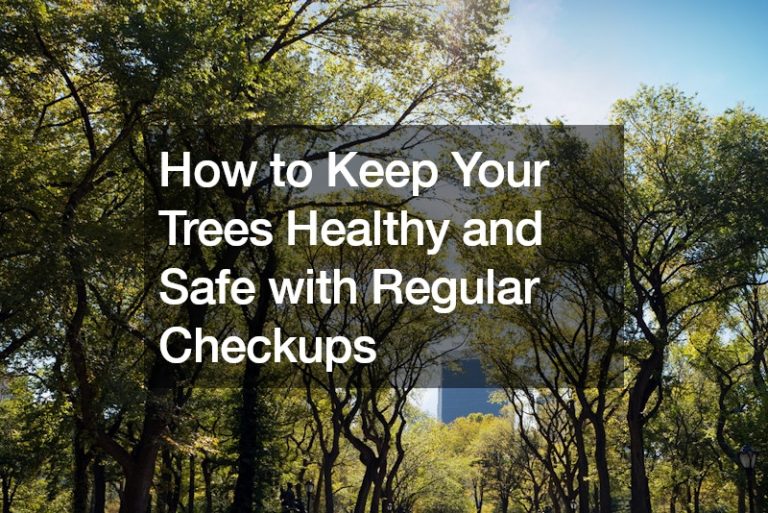Regular checkups are essential for maintaining the health and safety of trees in your yard or property. Trees, like any living organisms, require care and attention to thrive and avoid becoming hazards. By inspecting your trees periodically, you can catch potential issues early and ensure that your trees remain robust and beneficial to the environment.
Spotting a Dead or Dying Tree
The most obvious sign of a dead tree is the complete absence of leaves. However, there are other clues to watch for:
- Bark: Peeling bark, especially when accompanied by fungal growth beneath it, is a strong indicator of a dying or dead tree. Healthy bark should be firmly attached and may have some cracks or furrows, but not large areas of peeling.
- Canopy: A dead or dying tree will have a sparse canopy with brittle branches. Look for a lack of leaves, especially at the outer edges, and branches that snap easily.
- Sound: A hollow sound when struck with a mallet is another sign of a dead or severely compromised tree. A healthy tree will produce a more solid thud.
When a Dead Tree Can Be Beneficial
While a dead tree may seem like a liability, it can actually play a valuable role in your ecosystem. Dead trees provide vital habitat for a variety of creatures, including bats and woodpeckers. Bats are voracious mosquito eaters, while woodpeckers help control insect populations that could harm your other trees.
Weighing the Risks
The decision of whether to remove a dead tree depends on the specific situation. If the tree poses a threat to your property or people, such as by leaning precariously or having large, dead branches, removal is the safest option. An arborist, a tree care professional, can assess the situation and recommend the best course of action.
Signs Your Tree Needs Help
Even if your tree isn’t dead, there are signs it might be struggling:
- Leaf loss: Leaves dying from the outer edges inward can indicate a variety of problems, including disease or insect infestation.
- Trunk issues: Hollows, splits, or oozing sap from the trunk are all potential issues that should be evaluated by an arborist.
- Leaning: A severe lean could indicate root damage or instability. Check the soil around the base of the tree for signs of softness or exposed roots.
- Soil compaction: Healthy trees need well-aerated soil for proper root growth. If the soil is compacted, it can be difficult for the tree to get the nutrients and water it needs. An arborist can recommend techniques to improve soil aeration.
The Importance of Regular Checkups
Just like you wouldn’t wait until you’re feeling terrible to see a doctor, it’s important to have your trees inspected regularly by a qualified arborist. Ideally, this should be done every few years, or more frequently for young trees or those in a vulnerable condition. A professional arborist can identify potential problems early, before they become serious and expensive to fix. They can also recommend proper care practices, such as pruning and fertilization, to keep your trees healthy and strong.
Benefits of Healthy Trees
Healthy trees offer a multitude of benefits beyond their aesthetic value. They provide shade, which can help reduce your cooling costs. They also help to improve air quality by filtering pollutants and releasing oxygen. Additionally, healthy trees can increase the value of your property.
By taking the time to care for your trees, you’re not just protecting your investment, you’re also contributing to the health of your local environment. With a little effort and regular checkups, you can ensure your trees continue to thrive for years to come.
.

